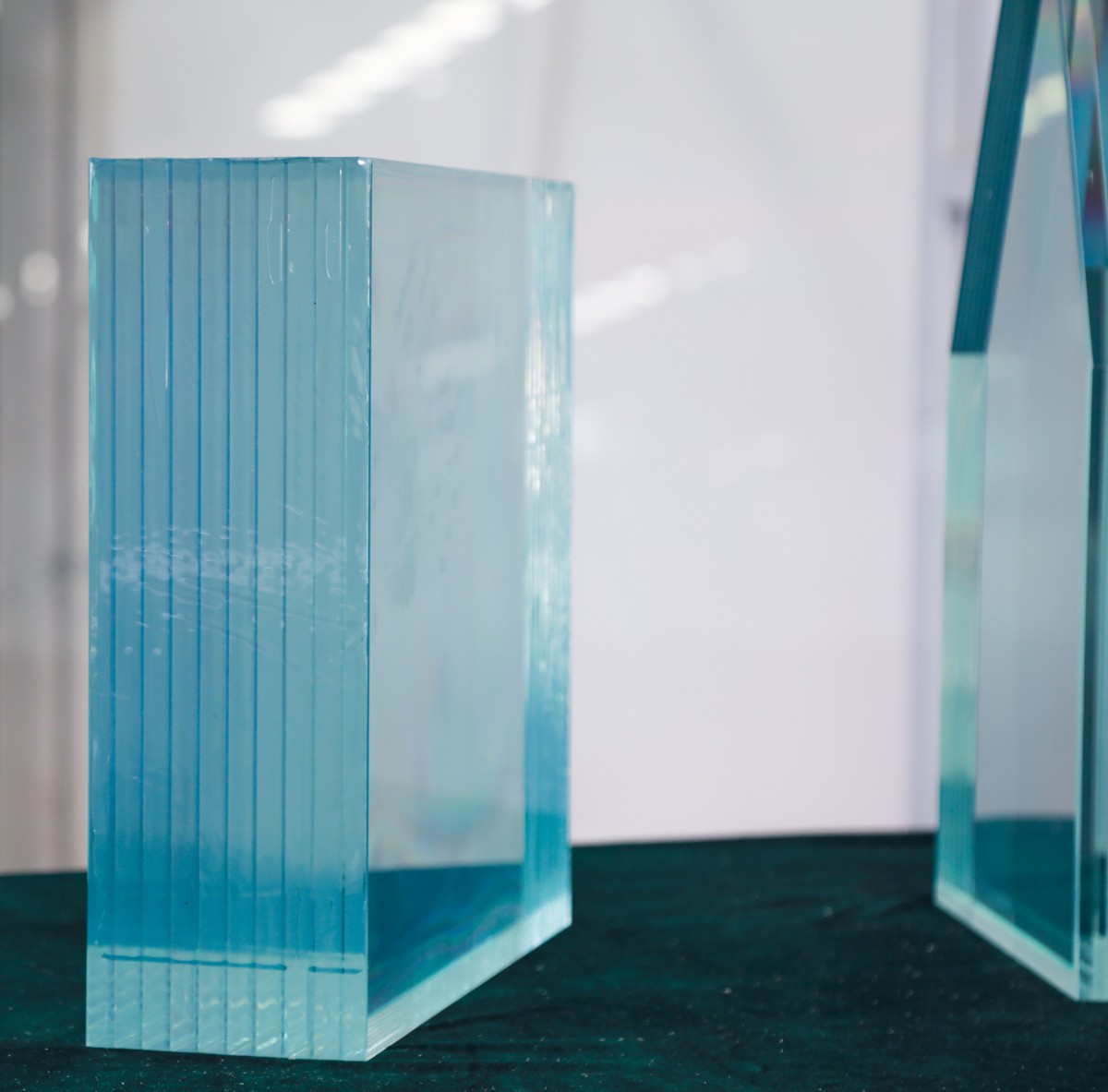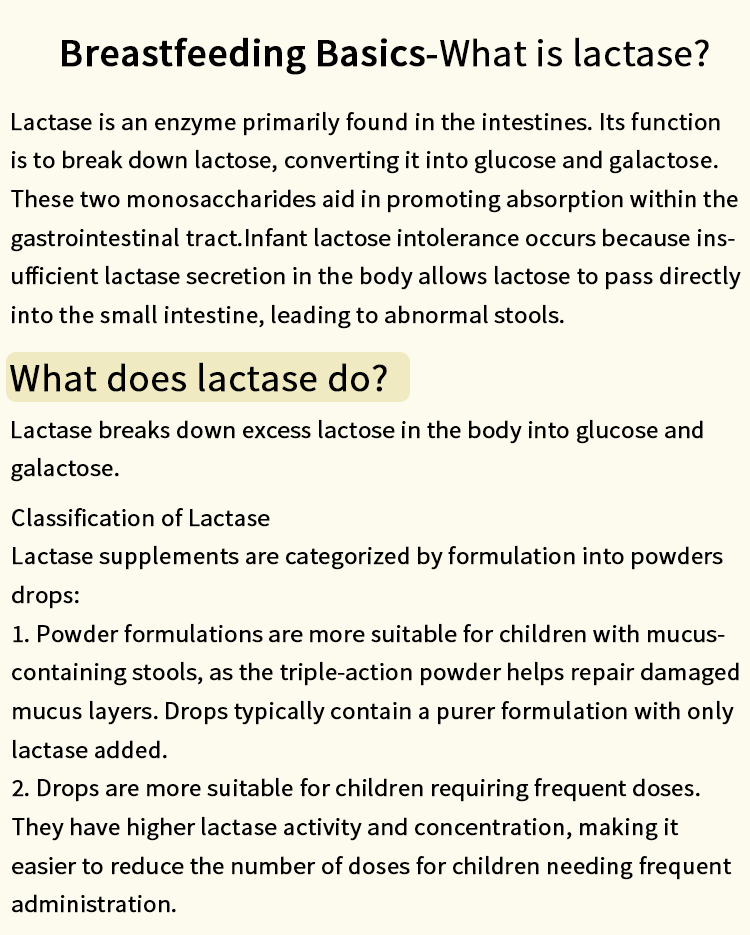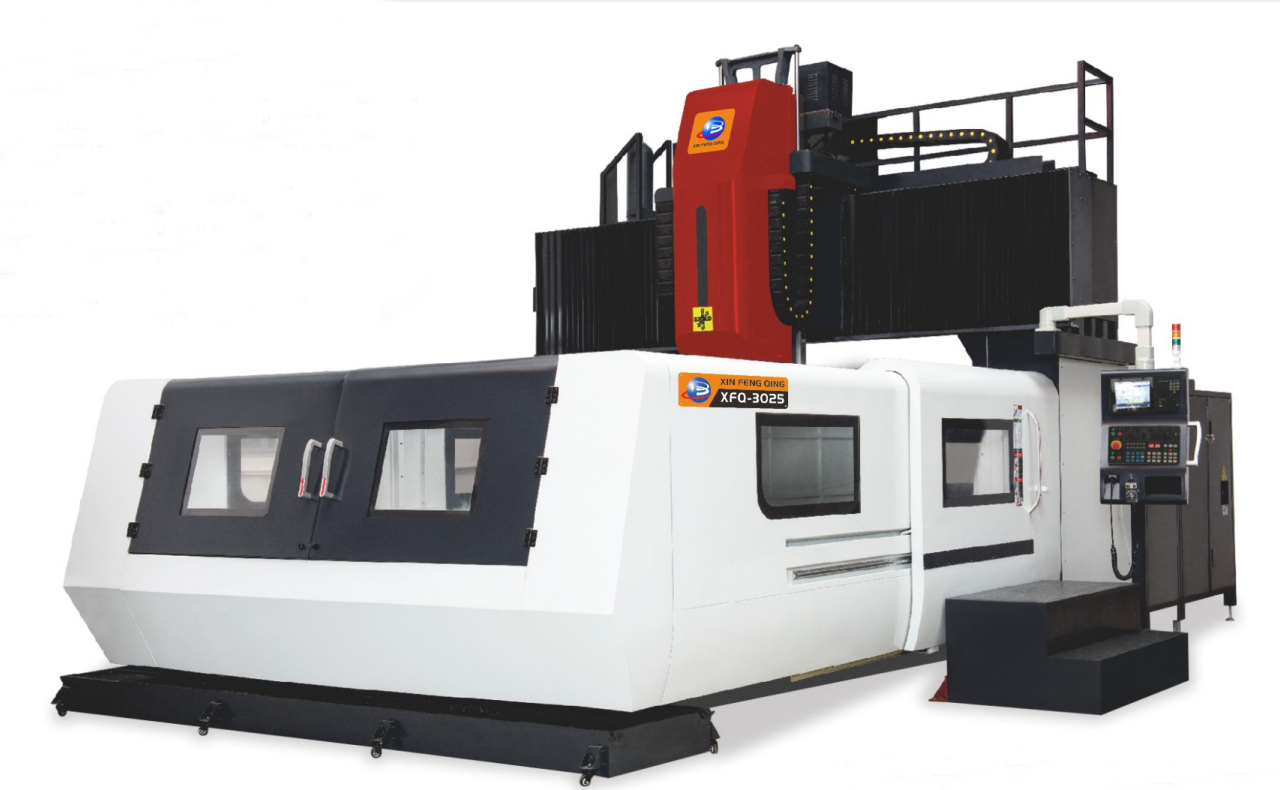In the realm of modern architecture, cladding serves as more than just an aesthetic enhancement; it is a critical component that influences the performance, durability, and sustainability of buildings. As architects and builders increasingly prioritize both functionality and design, understanding the fabric behind cladding becomes essential. This article delves into the various materials, technologies, and considerations that define cladding systems, offering insights into their role in contemporary construction.
Understanding Cladding: A Multifaceted Approach
Cladding refers to the application of one material over another to provide a skin or layer, primarily for protection and insulation. The choice of cladding material can significantly affect a building's thermal performance, moisture resistance, and overall energy efficiency. The fabric behind cladding encompasses a variety of materials, including metal, wood, stone, and composite systems, each with unique properties and applications.
- Material Diversity: Exploring Cladding Options
The selection of cladding materials is vast, and each option presents its own set of advantages and challenges:
- Metal Cladding: Often made from aluminum or steel, metal cladding is prized for its durability and low maintenance. It can be finished in various colors and textures, allowing for creative architectural expressions. Additionally, metal cladding is highly resistant to weathering, making it suitable for diverse climates.
- Wood Cladding: Offering a warm and natural aesthetic, wood cladding is favored for residential projects. However, it requires careful treatment to prevent decay and insect damage. Advances in engineered wood products have improved the longevity and performance of wood cladding, making it a viable option for modern designs.
- Stone Cladding: Known for its timeless appeal, stone cladding provides excellent thermal mass and durability. Natural stone can be expensive and heavy, but its aesthetic value often justifies the cost. Innovations in lightweight stone veneers have made it easier to incorporate stone into modern designs without compromising structural integrity.
- Composite Cladding: Comprising a blend of materials, composite cladding systems offer the best of both worlds. They are designed to mimic the appearance of natural materials while providing enhanced durability and lower maintenance requirements. These systems often incorporate recycled materials, aligning with sustainable building practices.
- Performance Factors: Beyond Aesthetics
While the visual impact of cladding is significant, performance factors are equally crucial. The fabric behind cladding must address several key considerations:
- Thermal Performance: Cladding plays a vital role in a building's insulation. Materials with high thermal resistance can reduce energy consumption by minimizing heat loss in winter and heat gain in summer. Understanding the thermal properties of cladding materials is essential for achieving energy-efficient designs.
- Moisture Management: Effective moisture management is critical to prevent issues such as mold growth and structural damage. Cladding systems must be designed to allow for drainage and ventilation, ensuring that moisture does not become trapped within the wall assembly.
- Fire Resistance: As building codes evolve, the fire performance of cladding materials has come under increased scrutiny. Non-combustible materials or those with fire-resistant treatments are often required in high-rise buildings or areas with strict fire regulations.
- Sustainability and Innovation: The Future of Cladding
The push for sustainable building practices has led to innovative developments in cladding materials and systems. Architects and builders are increasingly seeking options that reduce environmental impact while enhancing building performance.
- Recyclable Materials: Many modern cladding systems are designed with recyclability in mind. Materials such as aluminum and certain composites can be reclaimed and repurposed at the end of their life cycle, contributing to a circular economy.
- Green Certifications: Cladding products that meet specific environmental standards can contribute to green building certifications, such as LEED (Leadership in Energy and Environmental Design). These certifications not only enhance a building's marketability but also promote responsible construction practices.
- Smart Cladding Technologies: The integration of smart technologies into cladding systems is an emerging trend. These innovations can include sensors that monitor temperature and humidity, allowing for real-time adjustments to optimize energy efficiency and occupant comfort.
Conclusion: The Fabric of Modern Cladding
Understanding the fabric behind cladding is essential for architects, builders, and property owners alike. As the industry continues to evolve, the interplay between aesthetics, performance, and sustainability will shape the future of cladding systems. By selecting the right materials and technologies, stakeholders can create buildings that are not only visually striking but also resilient and environmentally responsible. Embracing these advancements will ensure that cladding remains a pivotal element in the architectural landscape for years to come.





+ There are no comments
Add yours